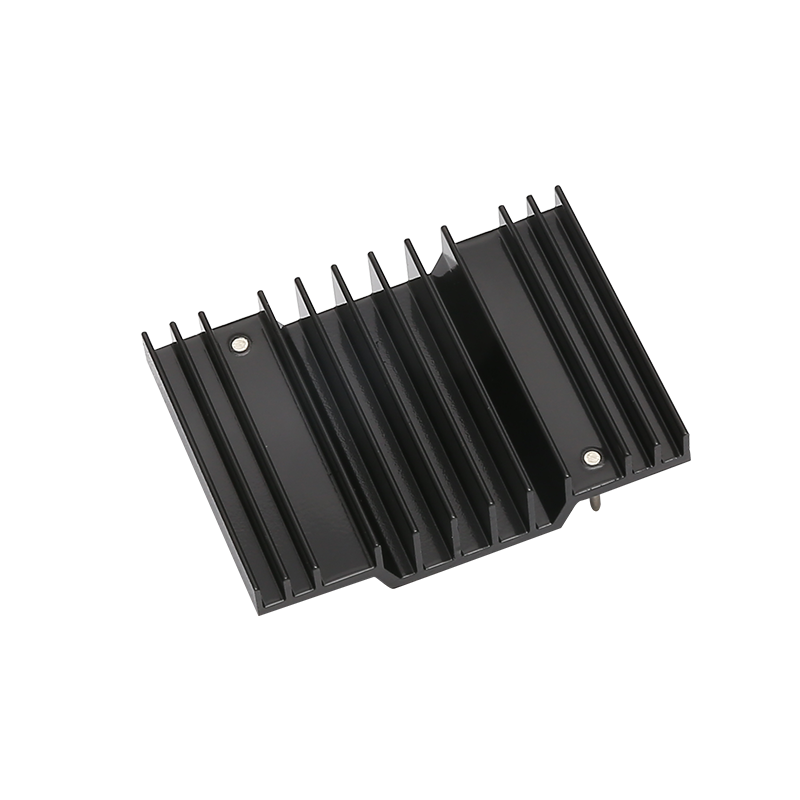2025-06-20
Installation Methods and Adhesive Quality
The durability of an Aluminum Diamond Cut Logo largely depends on the installation method and the quality of adhesive used during application. High-performance industrial adhesives, commonly used in logo mounting, are designed to create a strong bond between the aluminum logo and the surface it adheres to. These adhesives are often pressure-sensitive or heat-activated, allowing them to maintain a firm grip even when exposed to varying environmental conditions. When applied correctly, these logos are highly resistant to peeling or detachment.

Surface Preparation Matters
Proper surface preparation before applying the Aluminum Diamond Cut Logo plays a crucial role in ensuring it does not fall off over time. Surfaces must be clean, dry, and free from oils, dust, or other contaminants that might interfere with adhesion. Some manufacturers also lightly texture or prime the surface to enhance adhesive bonding strength. Without these steps, even the adhesives can fail prematurely.
Performance on Different Materials
The likelihood of an Aluminum Diamond Cut Logo detaching can vary depending on the substrate. Logos applied to metals, hard plastics, or coated glass tend to have stronger and more reliable adhesion. In contrast, flexible or uneven surfaces may pose more of a challenge unless specific adhesives or mechanical fastening methods (such as screws or rivets) are used. However, in commercial applications, the logos are mounted on rigid, compatible surfaces, making detachment extremely rare.
Environmental Resistance
A major concern for any attached logo is how it performs under exposure to moisture, temperature swings, or UV light. Fortunately, the adhesives used for Aluminum Diamond Cut Logos are typically formulated to be water-resistant, UV-resistant, and capable of withstanding both hot and cold temperatures. This ensures that even in outdoor or industrial environments, the logo remains firmly in place without curling, bubbling, or loosening.
Vibration and Impact Tolerance
Products such as electronics, automotive parts, or tools may encounter regular vibration or mild impacts. Aluminum Diamond Cut Logos, especially when paired with flexible adhesives or additional mechanical fixation, can endure this kind of stress without detaching. Many of these logos are tested under vibration conditions to meet industry standards, particularly for automotive or aerospace applications.
Design Considerations for Long-Term Bonding
Manufacturers often design the back of the Aluminum Diamond Cut Logo with specific texturing or grooving to increase surface area for better adhesive contact. Some may even include dual-sided tapes with foam backing to absorb movement or temperature-induced expansion. These thoughtful design features contribute significantly to long-term bonding strength and reduce the risk of peeling or falling off.
User Maintenance and Handling
Although the logos are built for durability, user behavior can influence their lifespan. Aggressive cleaning with harsh chemicals, repeated scraping, or attempting to reposition the logo after initial placement may weaken the bond. Educating users or providing application guidelines can help preserve logo integrity over the life of the product.
Conclusion
The Aluminum Diamond Cut Logo is engineered not only for visual appeal but also for reliable adhesion. When installed correctly on a well-prepared surface using quality adhesives, the risk of it falling off is extremely low. Environmental resistance, vibration tolerance, and careful design all contribute to its strong and lasting attachment, making it a secure and dependable branding choice for a wide range of applications.